The Mining Industry: A Comprehensive Guide
The mining industry is a vital sector that involves the discovery and extraction of naturally occurring minerals from the earth. From ancient times to today, mining has played a crucial role in shaping human civilization by providing essential resources for tools, construction, energy, and technology.
Throughout history, early humans used clay, stones, and metals found near the surface to create tools, weapons, and trade goods. Today, the mining industry continues to evolve with new technologies and increasing demand for rare minerals used in modern electronics, renewable energy systems, and advanced manufacturing.
Despite significant environmental concerns, the mining industry has become more efficient through technological advancements that allow deeper and safer extraction of valuable ores. This progress helps meet global resource demands while reducing some of the traditional risks associated with mining operations.
What is the Mining Industry and Why is it Important?
Mining refers to the process of extracting minerals from deposits such as seams, veins, reefs, lodes, or placer deposits. It includes the recovery of various materials like coal, metals, oil shale, salt, potash, gemstones, limestone, and more. The economic viability of mining operations depends on factors such as labor costs, energy use, refining processes, and transportation logistics.
The mining industry encompasses several stages, including prospecting, planning, permitting, extraction, processing, and land reclamation. While non-renewable resources like natural gas and petroleum are often extracted, they are typically classified separately from the mining industry due to their distinct methods and applications.
At an active mine site, three main processes occur:
- Mineral Extraction: This involves using surface or underground techniques to remove the ore from the ground.
- Mineral Handling: Raw materials are sorted from waste, known as tailings, during this phase.
- Mineral Processing: Crushed, ground, smelted, or refined minerals are prepared into marketable products for distribution.
Mining is essential for fuel, construction materials, and the production of electronic devices and other consumer goods. Without mining, many aspects of modern life would not be possible.
 A processing plant roaster used for extractive metallurgy
A processing plant roaster used for extractive metallurgy
The Life Cycle of a Mine
A mine’s life cycle begins with exploration, continues through extraction, and ends with land reclamation. Each stage requires careful planning, execution, and monitoring to ensure both efficiency and sustainability.
Prospecting and Discovery
Prospecting involves searching for mineral deposits using tools like metal detectors, pickaxes, electromagnetic equipment, and geochemical analysis. These methods help identify potential areas where valuable minerals may be present.
Once a deposit is located, its size and value are assessed to determine if it is economically viable to extract. This process is critical in deciding whether to proceed with further development.
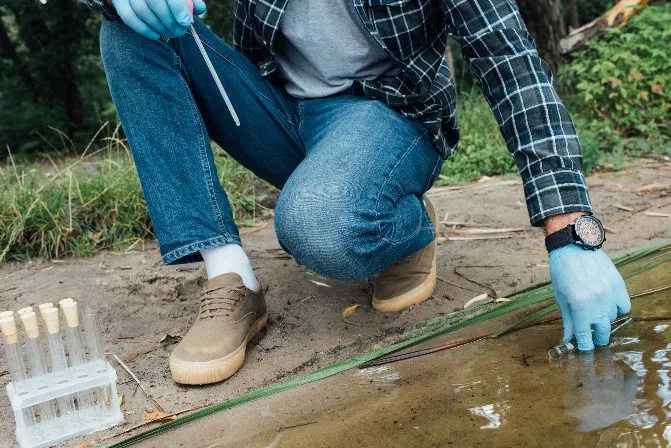 Prospector taking water samples
Prospector taking water samples
Estimation of Ore Size
After identifying an orebody, geologists and engineers calculate its size and grade to evaluate its economic potential. This information guides decisions about investment and operational strategies.
Economic Feasibility
Mining companies assess the financial viability of a project based on factors such as recoverable ore, production costs, market demand, and environmental considerations. If the project is deemed profitable, development can begin.
Development and Extraction
During mine development, infrastructure such as processing plants and access tunnels are built. Overburden is removed to reach the ore, and mining operations commence. Waste management is a critical aspect of this phase to minimize environmental impact.
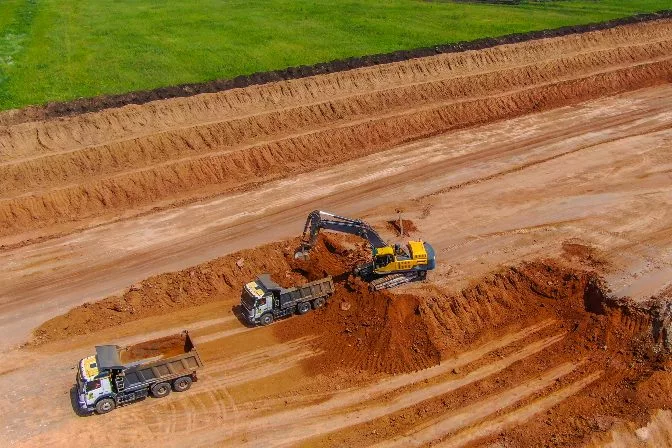 Removing overburden
Removing overburden
Waste Management
Managing tailings—waste materials left after mineral extraction—is a major challenge. These can be toxic and require secure storage to prevent environmental contamination. Improper disposal can lead to serious ecological and health issues.
Processing and Reclamation
Once the ore is extracted, it undergoes processing to separate valuable minerals from waste. After the mine is no longer economically viable, reclamation efforts begin to restore the land for future use, such as agriculture or recreation.
 Reclamation of a surface mine
Reclamation of a surface mine
Types of Mining
Mining can be broadly categorized into surface mining and underground mining. Surface mining is more common and includes methods like strip mining, open pit mining, and quarrying. Underground mining involves digging tunnels to access deeper deposits and includes techniques such as room and pillar mining, longwall mining, and block caving.
Artisanal mining, often practiced by small-scale miners in developing countries, also plays a significant role in the global mining industry. These miners use traditional tools and face unique challenges related to safety and regulation.
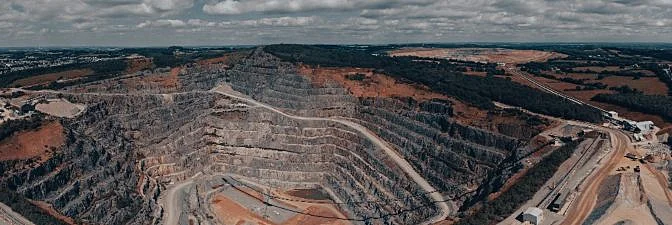 An open pit surface mine
An open pit surface mine
Mining Equipment and Safety
Mining relies on heavy machinery such as draglines, loaders, haulers, and crushers. Autonomous machines are increasingly used to improve efficiency and reduce human exposure to hazardous conditions.
Safety is a top priority in the mining industry. Miners are equipped with personal protective gear, and underground mines have refuge chambers to protect workers during emergencies. Regulatory agencies like MSHA in the U.S. enforce strict safety standards to protect workers and the environment.
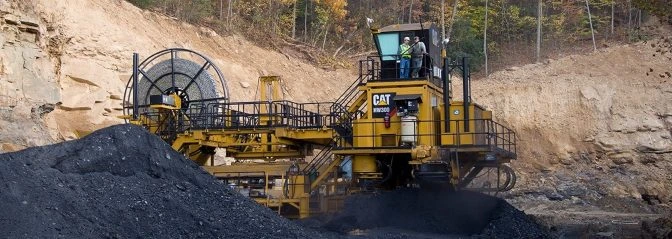 Highwall miners mine coal seams from the sides
Highwall miners mine coal seams from the sides
Environmental and Social Impacts
Mining has significant environmental consequences, including deforestation, soil and water contamination, and loss of biodiversity. However, modern practices aim to mitigate these effects through better waste management, reclamation, and sustainable mining techniques.
Socially, mining can bring economic benefits but also raises concerns about labor rights, community displacement, and environmental justice. International initiatives like EITI promote transparency and accountability in the mining sector to ensure fair resource distribution and responsible practices.
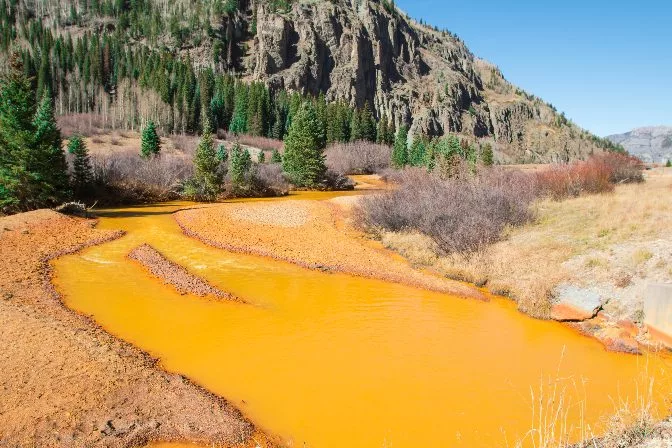 Surface water contamination
Surface water contamination
Regulations and Future Outlook
Mining regulations vary globally, with some regions having stringent environmental and safety laws, while others lack enforcement. Efforts are ongoing to improve governance, promote transparency, and ensure that mining benefits local communities without compromising the environment.
As the world moves toward sustainable development, the mining industry must continue adapting to new challenges, leveraging technology, and embracing responsible practices to support both economic growth and ecological preservation.
Jilin HaoChen cleaning Engineering Technology Co., Ltd. is a technological innovation enterprise focusing on the pharmaceutical purification engineering industry. The enterprise has a superb purification engineering technical team and excellent construction force. The company has always pursued the service tenet of "safety first, quality-oriented, customer first and technology first". Many representative air purification projects have been established in Jilin Province, Heilongjiang Province, Liaoning Province and Inner Mongolia Autonomous Region. With a registered capital of 5.8 million yuan, the company has grade II qualification for professional contracting of Building Decoration Engineering; Grade II qualification for professional contracting of building electromechanical installation engineering.
Clean And Dust-Free Workshop,Dust Free Workshop,Clean Workshop,Clean The Dust-Free Workshop
Jilin HaoChen cleaning Engineering Technology Co., Ltd , https://www.hcaircare.com